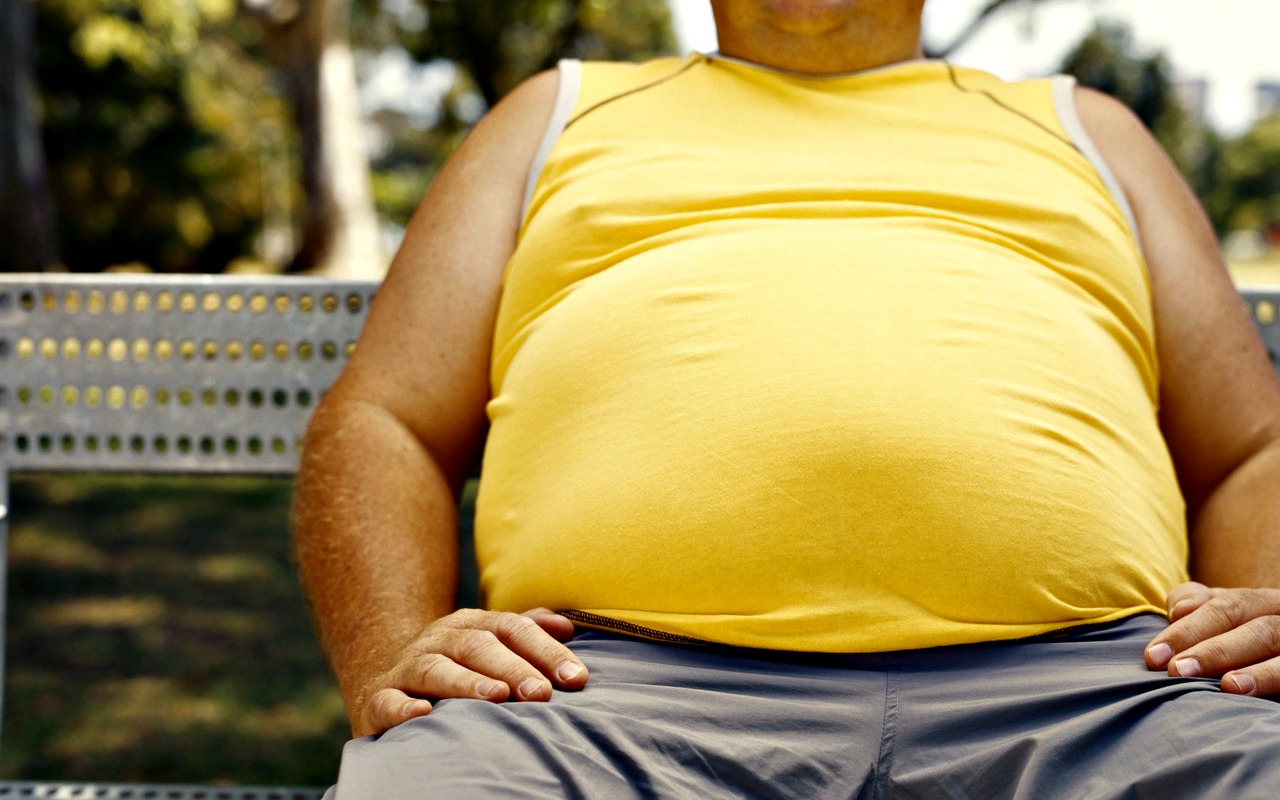RIO DE JANEIRO, BRAZIL – The number of obese individuals in Brazil grew 67.8 percent between 2006 and 2018, according to data from the VIGITEL (Surveillance of Risk Factors and Protection for Chronic Diseases by Telephone Survey), which was released on Thursday, July 25th, by the Ministry of Health.

The survey, carried out last year, showed that the index increased from 11.8 percent (2006) to 19.8 percent (2018) and that people between 25 and 34 years of age (84.2 percent) and between 35 and 44 years of age (81.1 percent) recorded the steepest increase in obesity. Among the genders, women showed the highest rate of obesity, with 20.7 percent, while men exhibited 18.7 percent.
The obesity rate had remained stable at 18.9 percent since 2015. The overweight rate also increased in Brazil. More than half of the population (55.7 percent) is overweight, and the rate is 30.8 percent higher than in 2006 when it was 42.6 percent. In this specific case, the population aged between eighteen and 24 years shows a higher incidence.
The data on obesity and overweight took the Body Mass Index (BMI) into account. The survey interviewed 52,395 people from 26 capitals and the Federal District. The interviews, conducted with people over 18 years of age, were performed between February and December 2018.
Increased healthy habits
In spite of the growth in obesity and overweight rates, the Brazilian population is becoming more and more engaged in healthy habits. Between 2008 and 2018, there was a 15.5 percent increase in regular fruit and vegetable intake, which is more prevalent among women (27.2 percent) than among men (18.4 percent).
The practice of physical activities grew by 25.7 percent compared to 2009. “The data indicate that the practice of some physical activity during free time is greater among men (45.4 percent) than among women (31.8 percent),” reports the ministry. “By age group, the rise is more significant in the population between 35 and 44 years old, with an increase of 40.6 percent over the past ten years”.
The adult population is also reducing the intake of soft drinks and sugary beverages. The drop was 53.4 percent in the period from 2007 to 2018. In November, the ministry set targets to reduce the amount of sugar in industrialized products. The goal is to reduce 144,000 tons of sugar in products by 2022.

